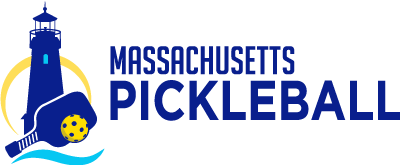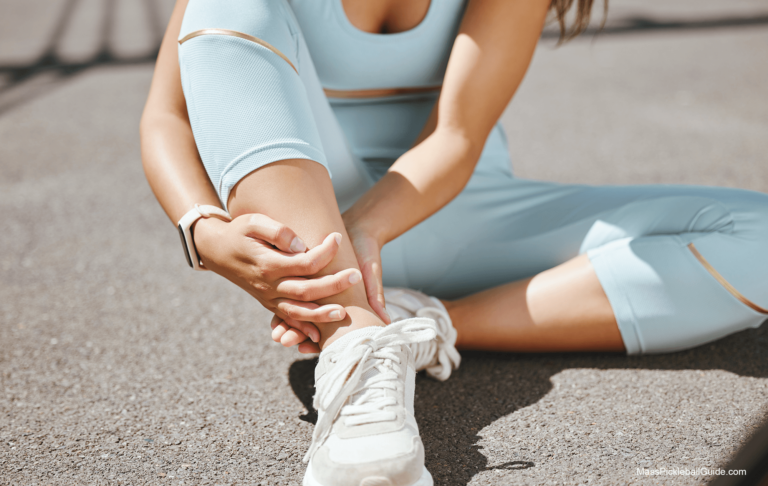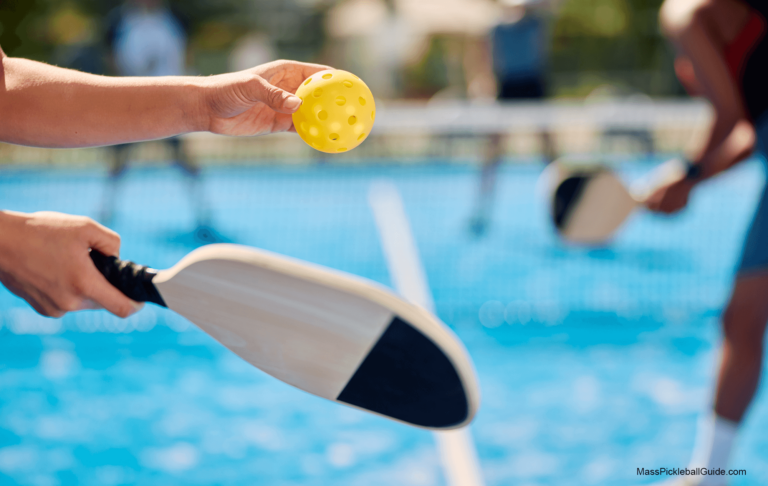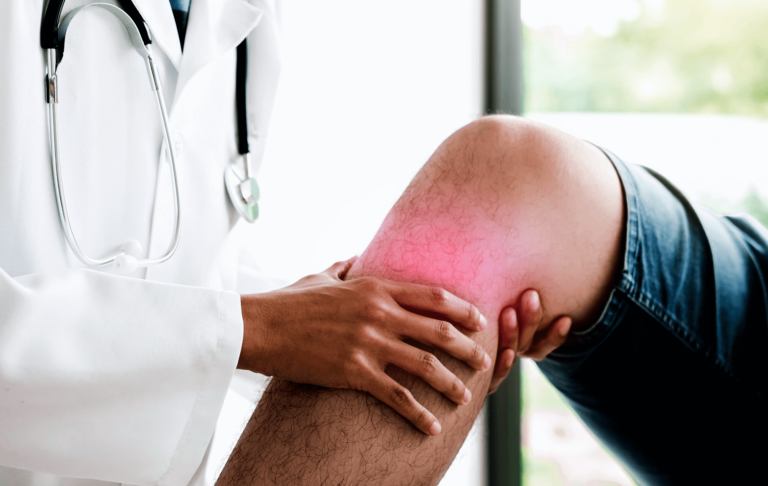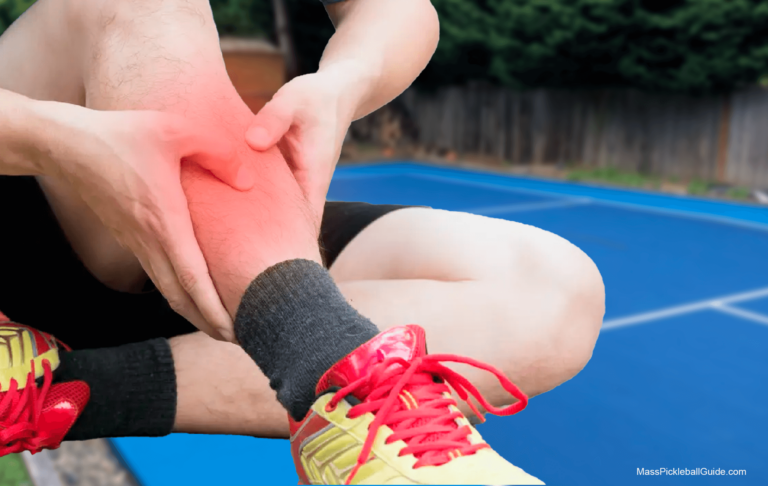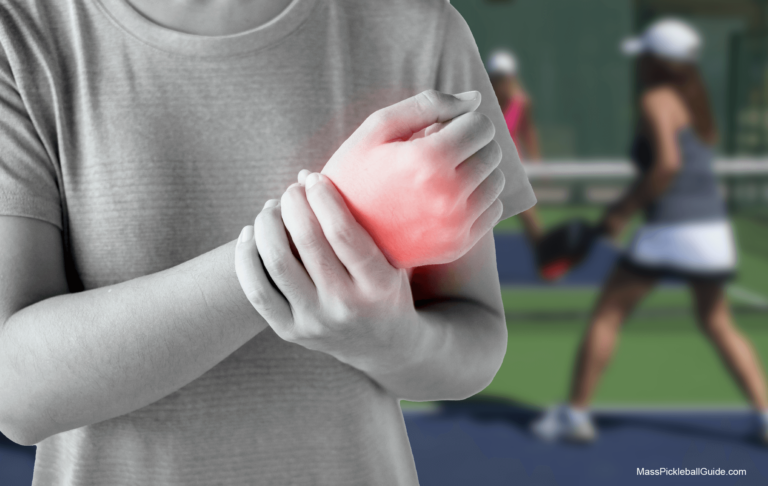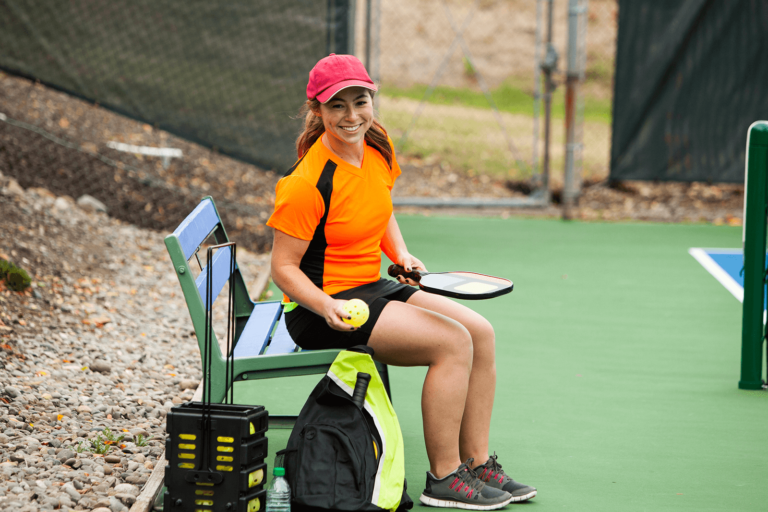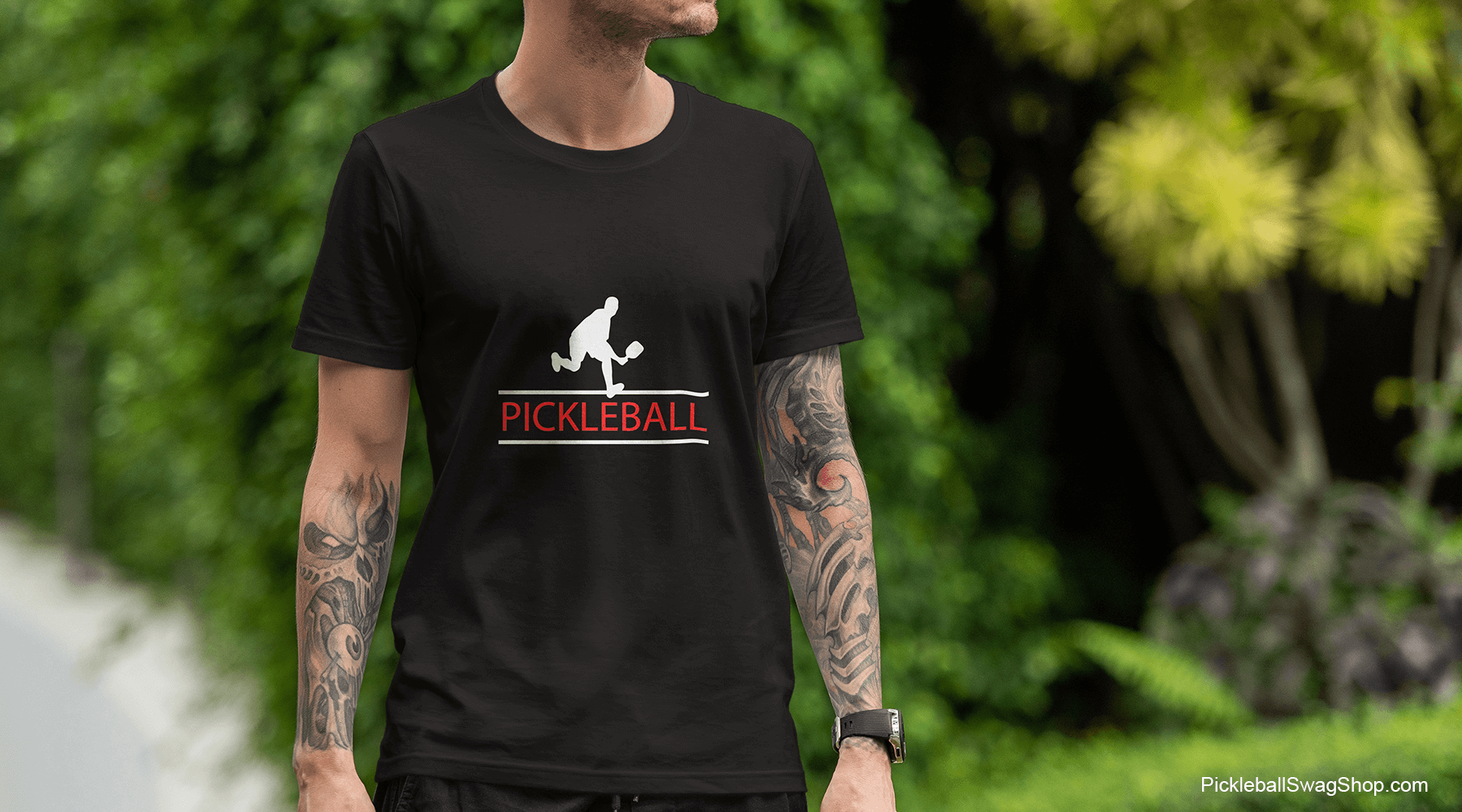Pickleball Hip Pain: Comprehensive Guide to Relief & Prevention
there are solutions to your pain
Introduction
Pickleball, a sport that beautifully merges the principles of tennis, badminton, and ping-pong, has surged in popularity over recent years. With pickleball’s dynamic moves, fast-paced action, and the requirement of keen agility, it’s no surprise that players face their share of physical challenges. One such challenge is the issue of hip pain in pickleball.
Understanding Hip Pain
Anatomy of the Hip
The hip joint, often likened to a ball and socket, is a marvel of human engineering. It’s where the rounded end of the femur (thigh bone) meets the pelvic acetabulum, allowing for a range of movements from walking to the swift lateral motions often seen in a pickleball match.
To visualize this better, consider the following table:
| Component | Function |
|---|---|
| Femur head | Serves as the ball in the ball-and-socket joint |
| Acetabulum | The socket where the femur head sits, part of the pelvis |
| Labrum | A ring of cartilage that adds depth to the acetabulum |
| Ligaments | Connect bones and provide stability to the joint |
| Muscles and Tendons | Enable movement and offer further stabilization |
Common Causes of Hip Pain in Pickleball Players
- Overuse and Repetitive Motion: Playing without adequate rest or overtraining can lead to muscle fatigue, straining the hip joint.
- Poor Technique or Form: Just like in back pain scenarios, poor posture or incorrect movement can strain the hip muscles.
- Previous Injuries or Underlying Conditions: An old injury or an underlying condition can make one more susceptible to hip pain during play.
- Imbalance in Muscle Strength or Flexibility: Not maintaining a balance between the strength of different muscle groups or not ensuring flexibility can lead to undue stress on the hip joint.
Symptoms of Pickleball Hip Pain
Relation Between Hip Pain and Other Physical Issues
While the hip is a robust joint designed to withstand repeated motion and a fair amount of wear and tear, it’s also interconnected with various parts of the body. Consequently, issues in the hip can influence and be influenced by other physical problems.
- The Back and the Hip Connection: There’s a close relationship between the hip and the back. Hip pain can sometimes be a repercussion of a problem in the back.
- Role of Hip Flexors: The hip flexors, a group of muscles located in the front of the hip, can pull on the lower back, leading to back pain.
- Plantar Fasciitis and Hip Pain: While plantar fasciitis predominantly affects the feet, the pain can cause an alteration in walking patterns, linking hip discomfort with plantar fasciitis pain.
- Other Common Injuries: Hip pain isn’t isolated. There are other pickleball-related injuries that can either lead to or stem from hip discomfort.
The role of hip flexors in pickleball
The hip flexor muscles, including the psoas major, iliacus, and rectus femoris, are responsible for flexing the hip joint, bringing the thigh closer to the torso.
But, what does all this mean?
They play a vital role in various movements involved in pickleball, such as lunging forward, reaching for shots, and quickly changing direction. Pickleball movements place tons of pressure on hip flexors and ultimately your back.
Many times just simple stretches can help relieve your pickleball hip pain.
Prevention and Treatment of Pickleball Hip Pain
Let’s be clear on this: there are steps you can take to minimize the risk of pickleball hip pain.
- Warm-ups and Cool-downs: Engage in dynamic stretches before matches to prepare the muscles and improve flexibility.
- Proper Technique and Equipment: If you’re new or even experienced, it’s beneficial to occasionally seek feedback on your technique. A coach or experienced player might spot nuances you might have missed.
- Unlock Hip Flexors: Unlock Your Hip Flexors is a simple and user-friendly program that you can start using right away to loosen your hip flexor muscles. You can enhance your strength, improve your overall health, and boost your energy levels throughout the day. This includes exercises that demonstrate and explain how to achieve the right form and effectively target the often hard-to-reach psoas muscle, which is the main culprit behind tight hip flexors.
- Rest and Recovery: Just like any sport, taking days off is vital. It not only helps in muscle recovery but also ensures you don’t strain your hip due to overuse.
Physical Therapy and Rehabilitation
- Physical Therapy Benefits: Targeted exercises help strengthen the hip and surrounding muscles. Manual therapy and massage can alleviate pain and improve mobility.
- Rehabilitation Regimen: Include a mix of strength training, flexibility exercises, and functional training.
When to Seek Medical Attention
Recognizing when to seek professional help is crucial. Some indicators include:
- Pain that doesn’t improve despite rest and home remedies.
- Symptoms that worsen over time or after playing.
- Any signs of inflammation, like redness, swelling, or warmth around the hip joint.
- Difficulty in performing daily activities due to the pain.
Conclusion
In the fun and competitive world of pickleball, staying on top of your game requires more than just skill and strategy. Prioritizing health, particularly that of crucial joints like the hip, can mean the difference between enjoying a fulfilling match or sitting out due to pain. By understanding, preventing, and treating hip pain, players can ensure pickleball while also taking the best care of their bodies.
